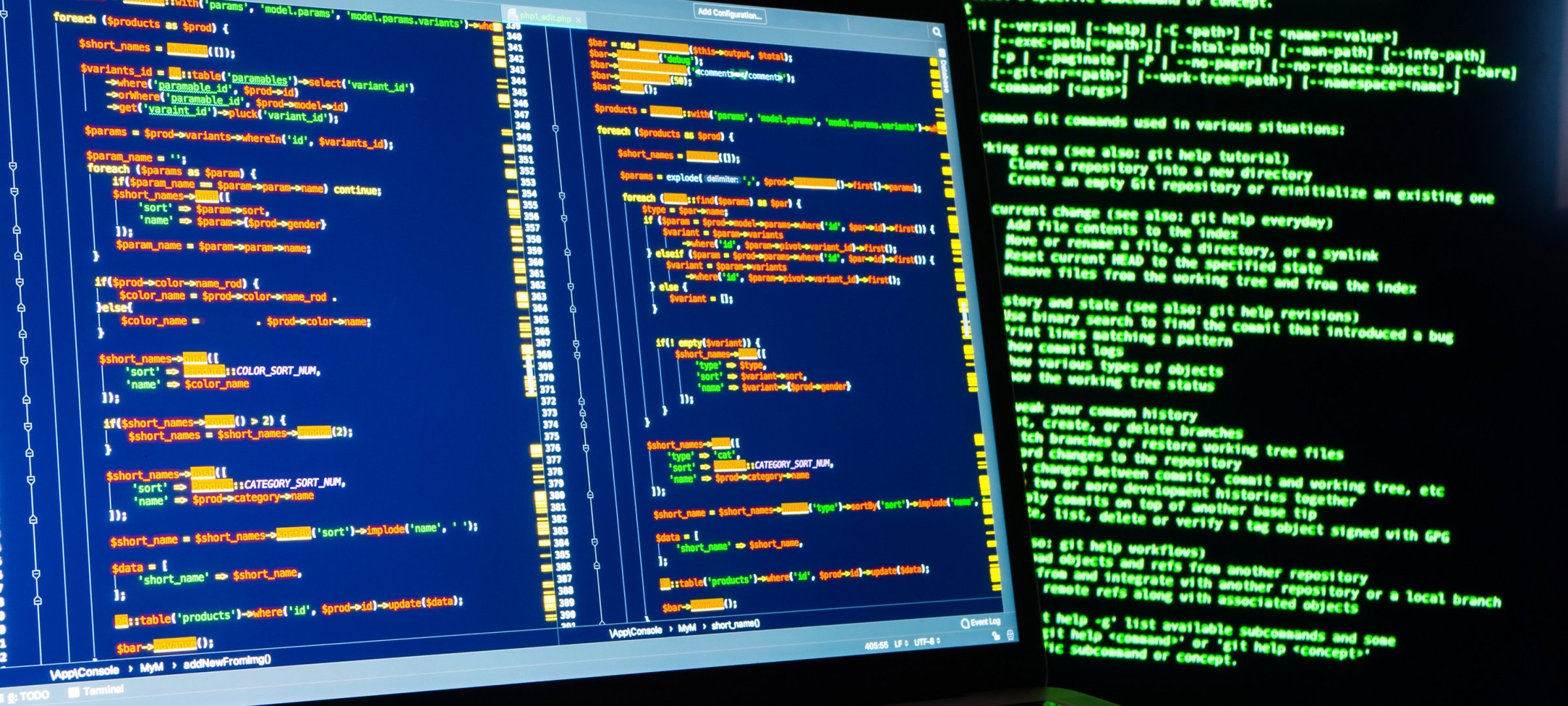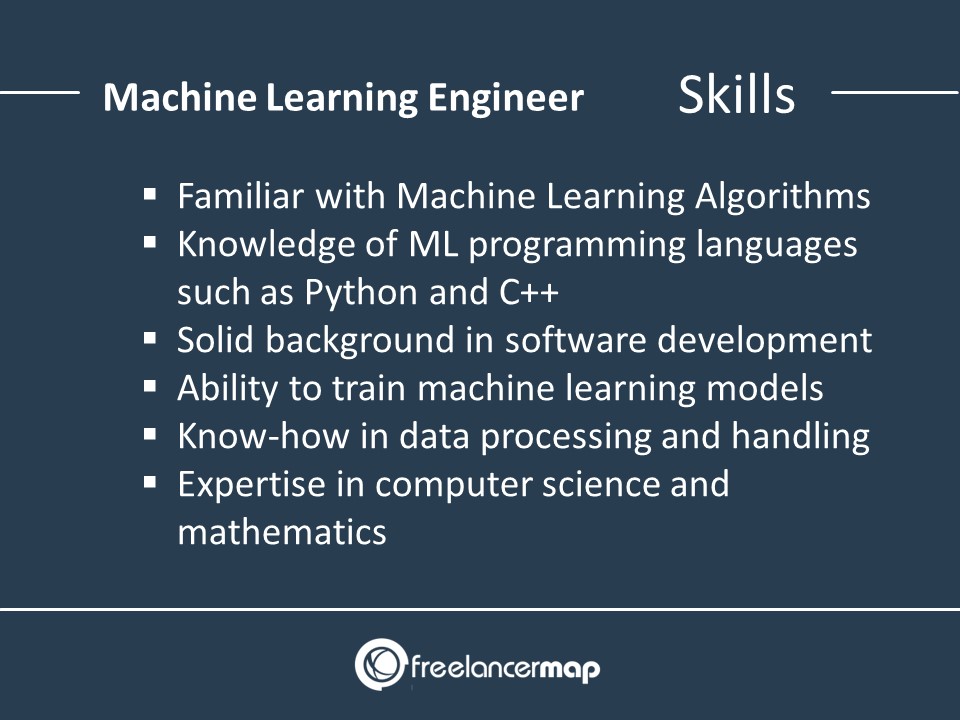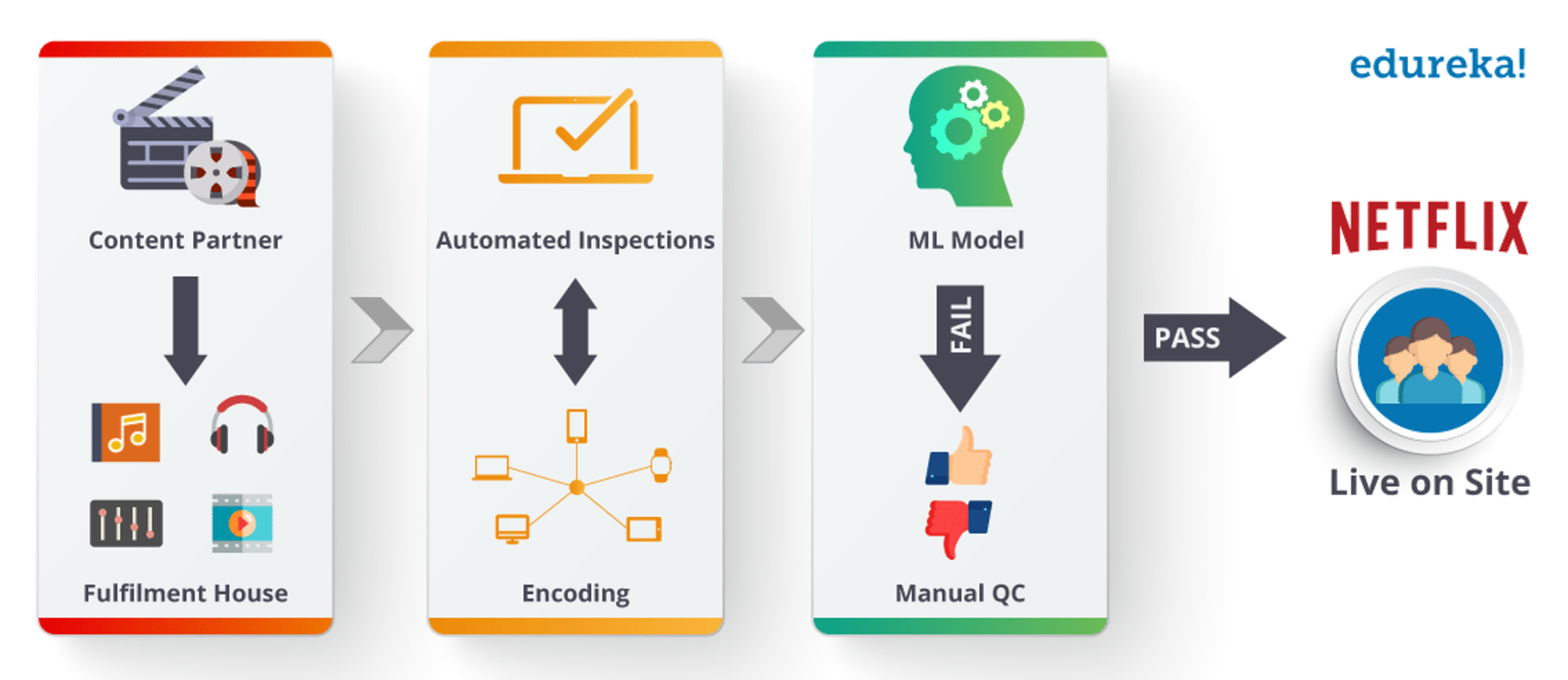All Categories
Featured
Table of Contents
- – How To Become A Machine Learning Engineer With...
- – 10 Easy Facts About Interview Kickstart Launch...
- – 10 Simple Techniques For Machine Learning Boo...
- – The 20-Second Trick For Software Engineering ...
- – The Facts About Machine Learning In A Nutshe...
- – Facts About Top Machine Learning Courses Onl...
- – Professional Ml Engineer Certification - Lea...
Some individuals assume that that's disloyalty. Well, that's my whole career. If somebody else did it, I'm mosting likely to use what that person did. The lesson is putting that apart. I'm forcing myself to believe with the feasible solutions. It's more regarding eating the content and attempting to apply those ideas and less regarding locating a library that does the work or finding somebody else that coded it.
Dig a bit deeper in the math at the beginning, just so I can build that foundation. Santiago: Ultimately, lesson number 7. This is a quote. It states "You need to understand every information of an algorithm if you intend to utilize it." And afterwards I say, "I assume this is bullshit suggestions." I do not think that you have to recognize the nuts and bolts of every algorithm before you use it.
I've been using semantic networks for the longest time. I do have a sense of just how the slope descent functions. I can not explain it to you now. I would certainly have to go and check back to really obtain a much better instinct. That does not imply that I can not solve things making use of neural networks? (29:05) Santiago: Attempting to force individuals to assume "Well, you're not mosting likely to succeed unless you can explain every single information of exactly how this functions." It goes back to our arranging instance I think that's just bullshit guidance.
As a designer, I have actually serviced many, many systems and I have actually used several, lots of things that I do not understand the nuts and bolts of exactly how it functions, despite the fact that I recognize the influence that they have. That's the final lesson on that string. Alexey: The funny point is when I believe regarding all these collections like Scikit-Learn the algorithms they use inside to implement, as an example, logistic regression or another thing, are not the like the algorithms we examine in maker understanding classes.
How To Become A Machine Learning Engineer Without ... Fundamentals Explained
Also if we tried to find out to obtain all these essentials of device knowing, at the end, the algorithms that these libraries use are various. ? (30:22) Santiago: Yeah, absolutely. I believe we require a whole lot more materialism in the industry. Make a whole lot even more of an impact. Or focusing on delivering value and a little bit much less of purism.

By the means, there are 2 various courses. I usually talk to those that wish to work in the sector that want to have their impact there. There is a path for scientists which is totally various. I do not risk to speak regarding that since I don't understand.
Right there outside, in the industry, materialism goes a long way for certain. (32:13) Alexey: We had a remark that stated "Feels even more like motivational speech than speaking about transitioning." So perhaps we must switch. (32:40) Santiago: There you go, yeah. (32:48) Alexey: It is a good motivational speech.
10 Easy Facts About Interview Kickstart Launches Best New Ml Engineer Course Explained
One of the points I desired to ask you. First, let's cover a couple of things. Alexey: Let's start with core tools and frameworks that you need to discover to actually transition.
I know Java. I understand SQL. I recognize exactly how to utilize Git. I know Celebration. Maybe I recognize Docker. All these points. And I hear about artificial intelligence, it feels like a great thing. So, what are the core tools and frameworks? Yes, I watched this video clip and I get encouraged that I don't require to get deep into math.
Santiago: Yeah, absolutely. I think, number one, you should begin finding out a little bit of Python. Because you already understand Java, I do not assume it's going to be a huge transition for you.
Not due to the fact that Python is the same as Java, but in a week, you're gon na get a whole lot of the differences there. Santiago: Then you get particular core tools that are going to be made use of throughout your whole profession.
10 Simple Techniques For Machine Learning Bootcamp: Build An Ml Portfolio
That's a collection on Pandas for information manipulation. And Matplotlib and Seaborn and Plotly. Those 3, or among those 3, for charting and showing graphics. You obtain SciKit Learn for the collection of machine discovering algorithms. Those are devices that you're going to have to be making use of. I do not advise just going and learning concerning them out of the blue.
Take one of those training courses that are going to begin introducing you to some troubles and to some core concepts of machine knowing. I don't bear in mind the name, however if you go to Kaggle, they have tutorials there for cost-free.
What's excellent concerning it is that the only need for you is to recognize Python. They're mosting likely to provide an issue and tell you how to make use of decision trees to address that certain trouble. I assume that procedure is very powerful, because you go from no machine learning history, to comprehending what the problem is and why you can not solve it with what you understand today, which is straight software program engineering practices.
The 20-Second Trick For Software Engineering Vs Machine Learning (Updated For ...
On the various other hand, ML engineers focus on structure and releasing artificial intelligence designs. They concentrate on training models with information to make forecasts or automate jobs. While there is overlap, AI engineers manage more diverse AI applications, while ML engineers have a narrower concentrate on artificial intelligence algorithms and their sensible execution.

Maker understanding designers concentrate on establishing and deploying maker learning designs into manufacturing systems. On the various other hand, information researchers have a broader function that includes information collection, cleaning, exploration, and building models.
As companies significantly adopt AI and artificial intelligence modern technologies, the demand for knowledgeable experts grows. Artificial intelligence engineers deal with sophisticated tasks, contribute to innovation, and have affordable salaries. Nevertheless, success in this area needs continuous discovering and staying up to date with developing innovations and methods. Artificial intelligence duties are generally well-paid, with the potential for high earning possibility.
ML is fundamentally different from typical software advancement as it focuses on mentor computers to discover from information, as opposed to shows specific guidelines that are carried out systematically. Unpredictability of outcomes: You are possibly utilized to creating code with foreseeable results, whether your feature runs once or a thousand times. In ML, nevertheless, the results are less certain.

Pre-training and fine-tuning: Exactly how these designs are trained on large datasets and after that fine-tuned for certain jobs. Applications of LLMs: Such as text generation, sentiment analysis and information search and retrieval.
The Facts About Machine Learning In A Nutshell For Software Engineers Uncovered
The capacity to manage codebases, combine changes, and resolve problems is equally as essential in ML growth as it is in conventional software application projects. The skills established in debugging and testing software application applications are extremely transferable. While the context could change from debugging application reasoning to identifying concerns in data handling or design training the underlying concepts of methodical investigation, hypothesis testing, and repetitive improvement are the exact same.
Machine discovering, at its core, is heavily dependent on statistics and possibility theory. These are crucial for recognizing just how algorithms pick up from data, make predictions, and assess their efficiency. You should consider becoming comfortable with ideas like analytical value, circulations, hypothesis testing, and Bayesian reasoning in order to design and analyze versions efficiently.
For those thinking about LLMs, a comprehensive understanding of deep learning styles is beneficial. This includes not only the mechanics of neural networks however also the style of details versions for various usage cases, like CNNs (Convolutional Neural Networks) for picture processing and RNNs (Recurrent Neural Networks) and transformers for sequential data and all-natural language processing.
You must know these issues and discover strategies for identifying, alleviating, and connecting regarding prejudice in ML versions. This includes the prospective effect of automated decisions and the ethical implications. Several models, specifically LLMs, require significant computational resources that are often supplied by cloud platforms like AWS, Google Cloud, and Azure.
Structure these abilities will not only promote an effective shift right into ML however additionally make certain that developers can contribute successfully and properly to the improvement of this dynamic area. Theory is vital, however absolutely nothing beats hands-on experience. Start dealing with jobs that enable you to apply what you've learned in a practical context.
Take part in competitors: Join platforms like Kaggle to take part in NLP competitions. Develop your jobs: Begin with straightforward applications, such as a chatbot or a text summarization device, and progressively increase complexity. The field of ML and LLMs is swiftly evolving, with brand-new innovations and innovations arising consistently. Staying updated with the most recent study and trends is important.
Facts About Top Machine Learning Courses Online Uncovered
Contribute to open-source jobs or compose blog site posts regarding your understanding trip and projects. As you gain competence, start looking for chances to incorporate ML and LLMs right into your work, or look for new functions concentrated on these modern technologies.

Possible usage situations in interactive software application, such as recommendation systems and automated decision-making. Recognizing uncertainty, fundamental statistical steps, and likelihood distributions. Vectors, matrices, and their function in ML algorithms. Mistake reduction techniques and gradient descent explained merely. Terms like design, dataset, functions, labels, training, inference, and recognition. Information collection, preprocessing methods, design training, evaluation procedures, and deployment considerations.
Choice Trees and Random Forests: Intuitive and interpretable models. Assistance Vector Machines: Optimum margin classification. Matching trouble kinds with appropriate designs. Balancing performance and intricacy. Standard structure of neural networks: neurons, layers, activation features. Split computation and onward propagation. Feedforward Networks, Convolutional Neural Networks (CNNs), Recurring Neural Networks (RNNs). Image recognition, sequence prediction, and time-series evaluation.
Continuous Integration/Continuous Release (CI/CD) for ML process. Design monitoring, versioning, and performance monitoring. Discovering and attending to modifications in model performance over time.
Professional Ml Engineer Certification - Learn for Beginners

Program OverviewMachine understanding is the future for the following generation of software application professionals. This program acts as a guide to machine learning for software program engineers. You'll be presented to three of one of the most relevant components of the AI/ML discipline; monitored discovering, semantic networks, and deep knowing. You'll realize the distinctions between typical programs and artificial intelligence by hands-on advancement in monitored understanding prior to constructing out complex dispersed applications with neural networks.
This program works as a guide to machine lear ... Program A lot more.
Table of Contents
- – How To Become A Machine Learning Engineer With...
- – 10 Easy Facts About Interview Kickstart Launch...
- – 10 Simple Techniques For Machine Learning Boo...
- – The 20-Second Trick For Software Engineering ...
- – The Facts About Machine Learning In A Nutshe...
- – Facts About Top Machine Learning Courses Onl...
- – Professional Ml Engineer Certification - Lea...
Latest Posts
The Best Websites To Practice Coding Interview Questions
How To Master Leetcode For Software Engineer Interviews
How To Break Down A Coding Problem In A Software Engineering Interview
More
Latest Posts
The Best Websites To Practice Coding Interview Questions
How To Master Leetcode For Software Engineer Interviews
How To Break Down A Coding Problem In A Software Engineering Interview